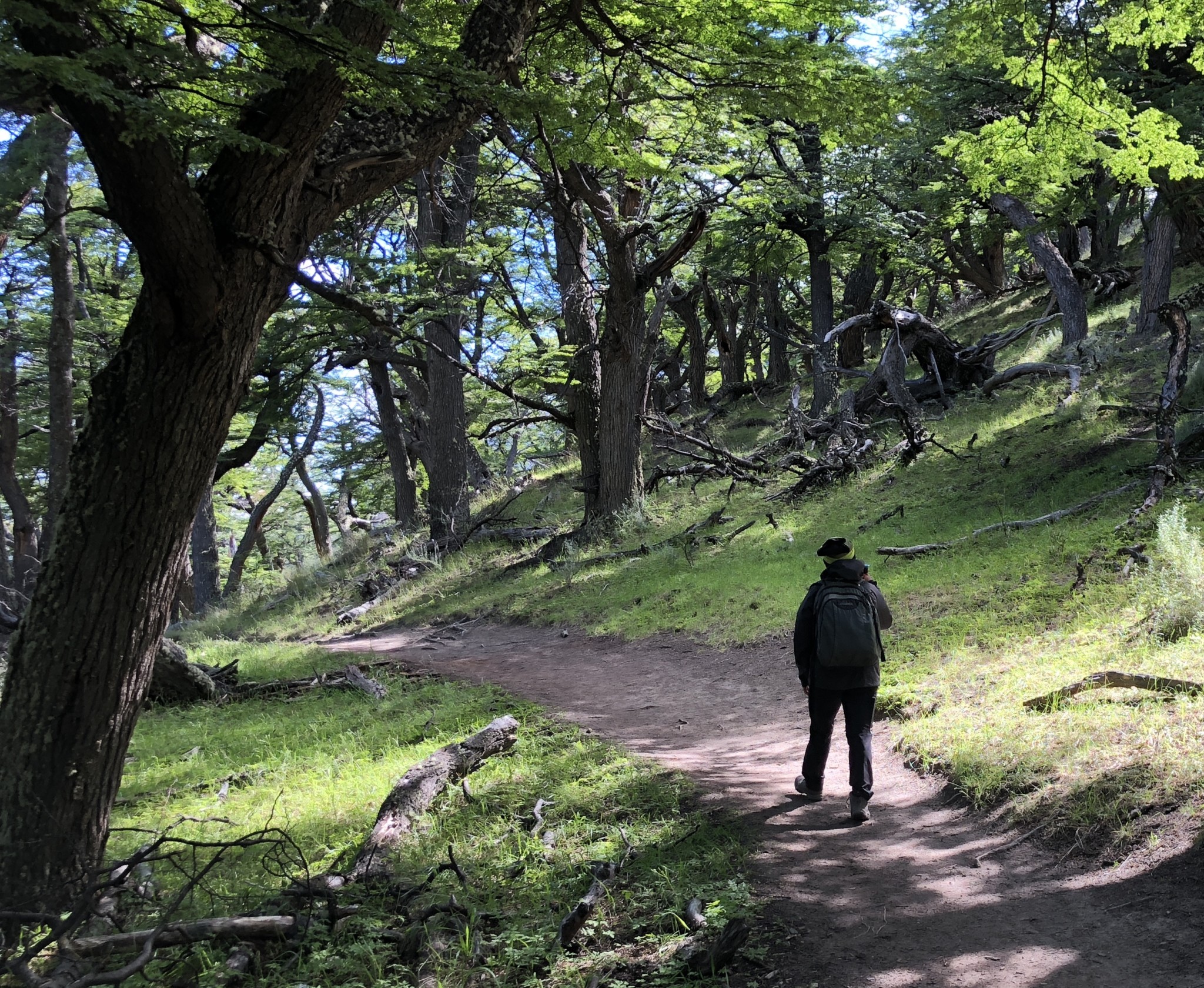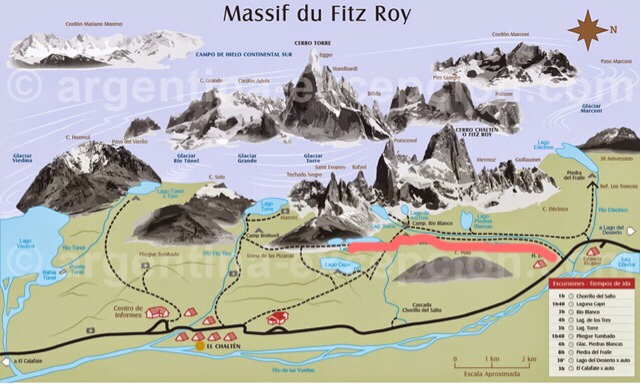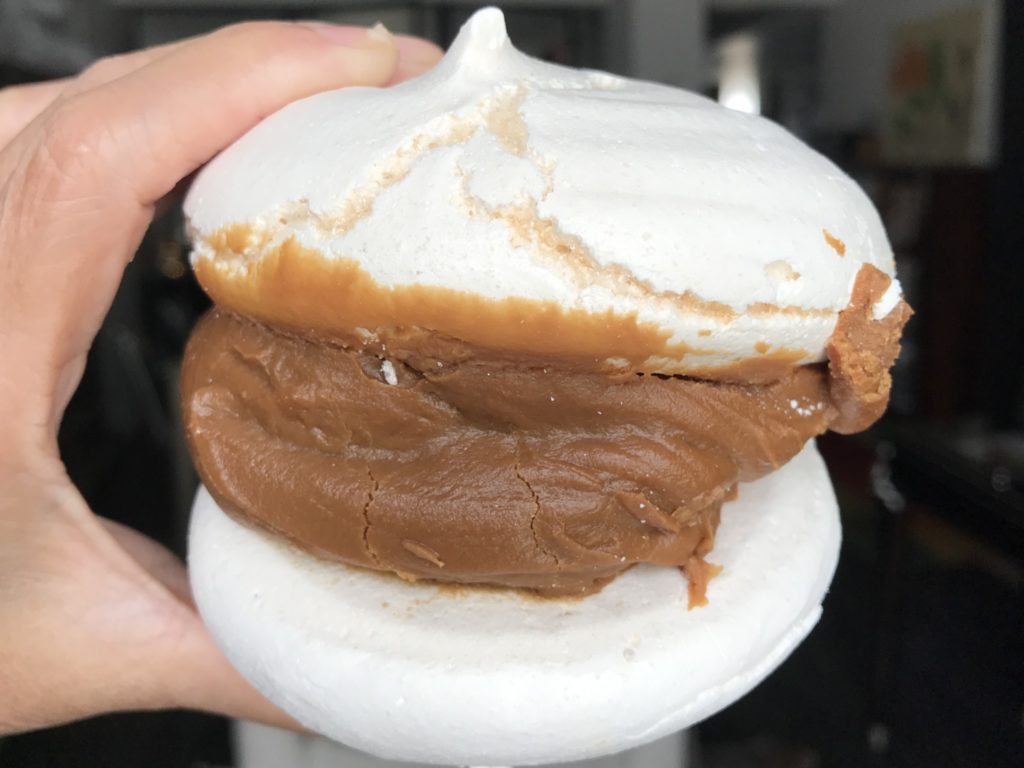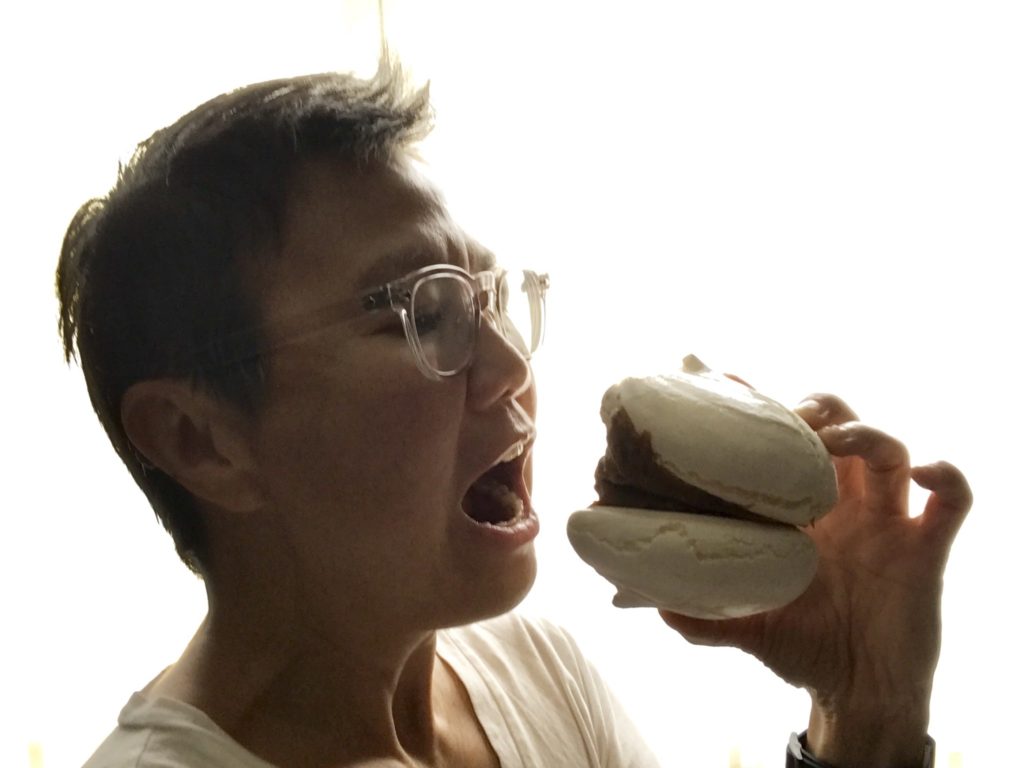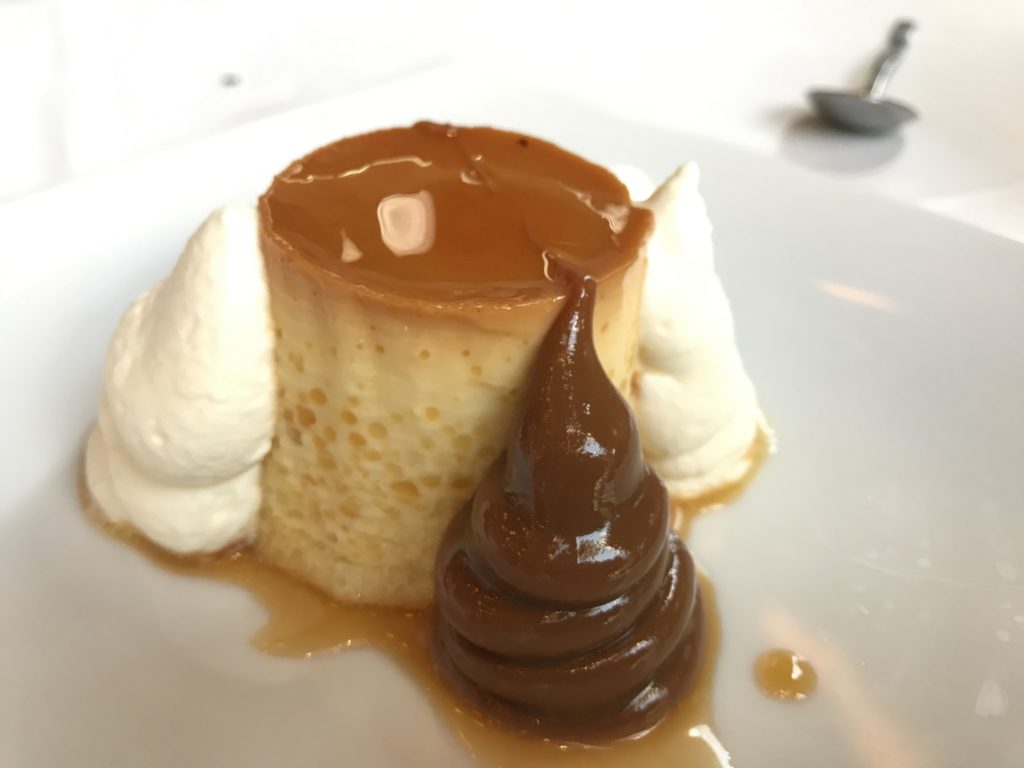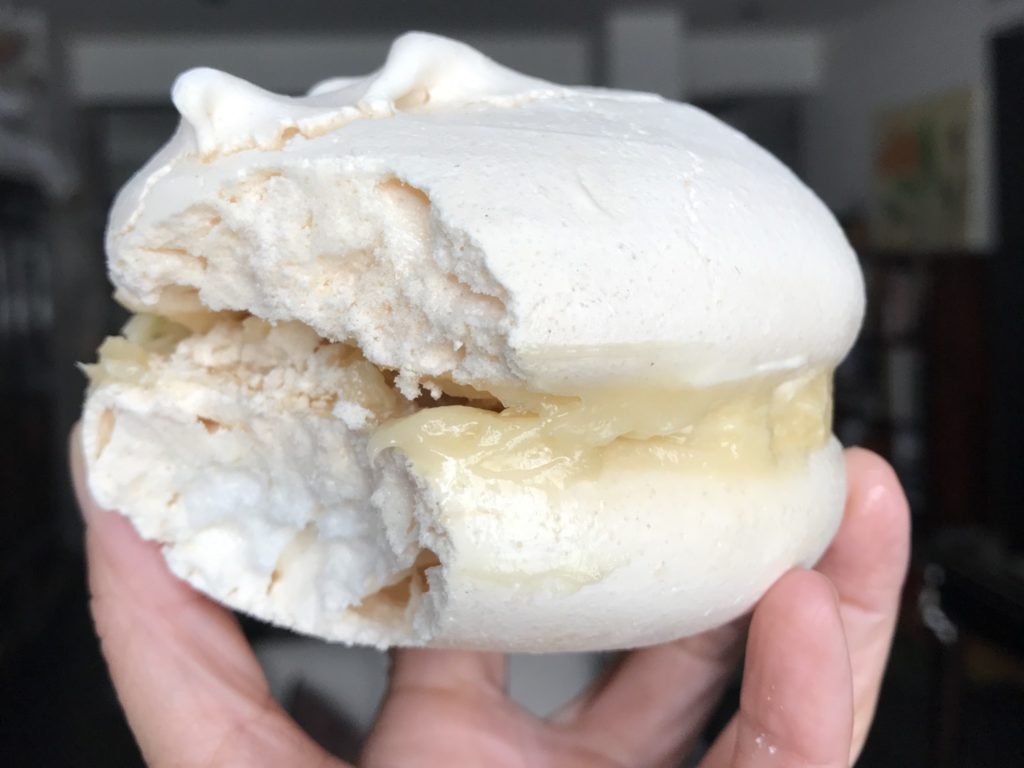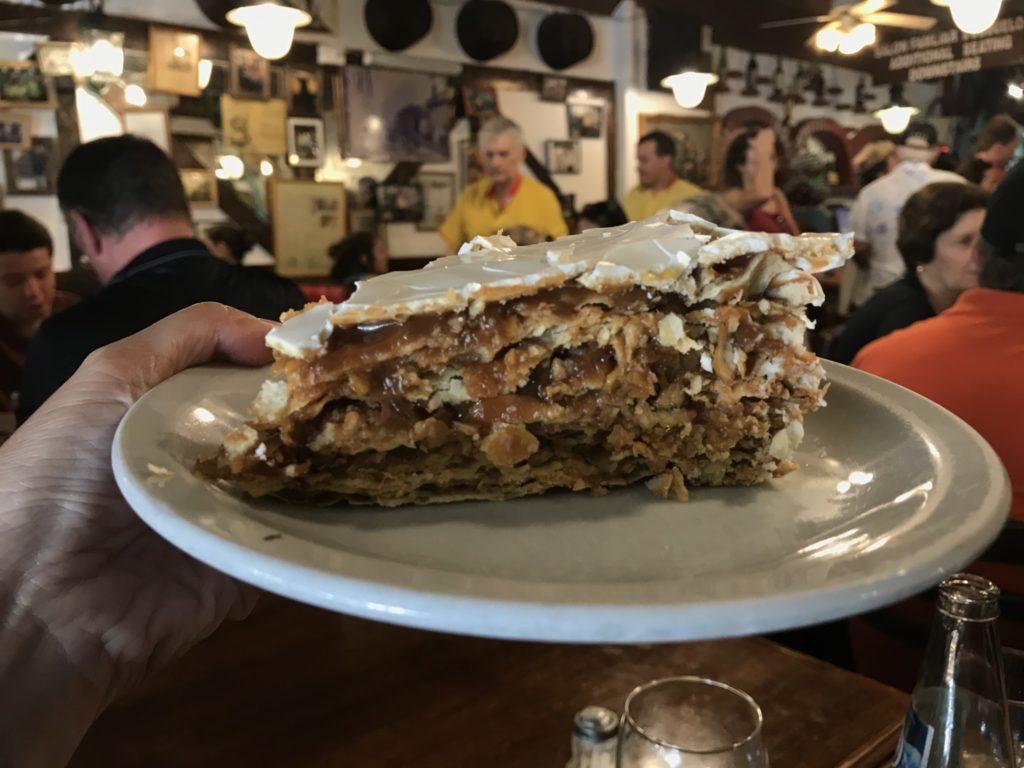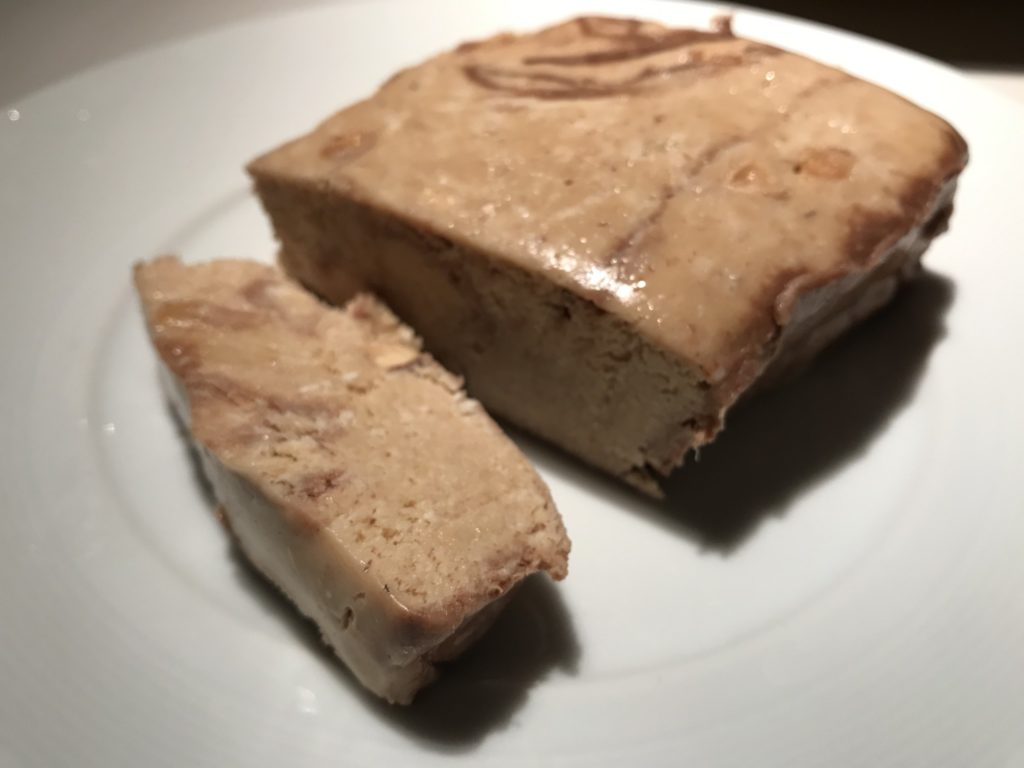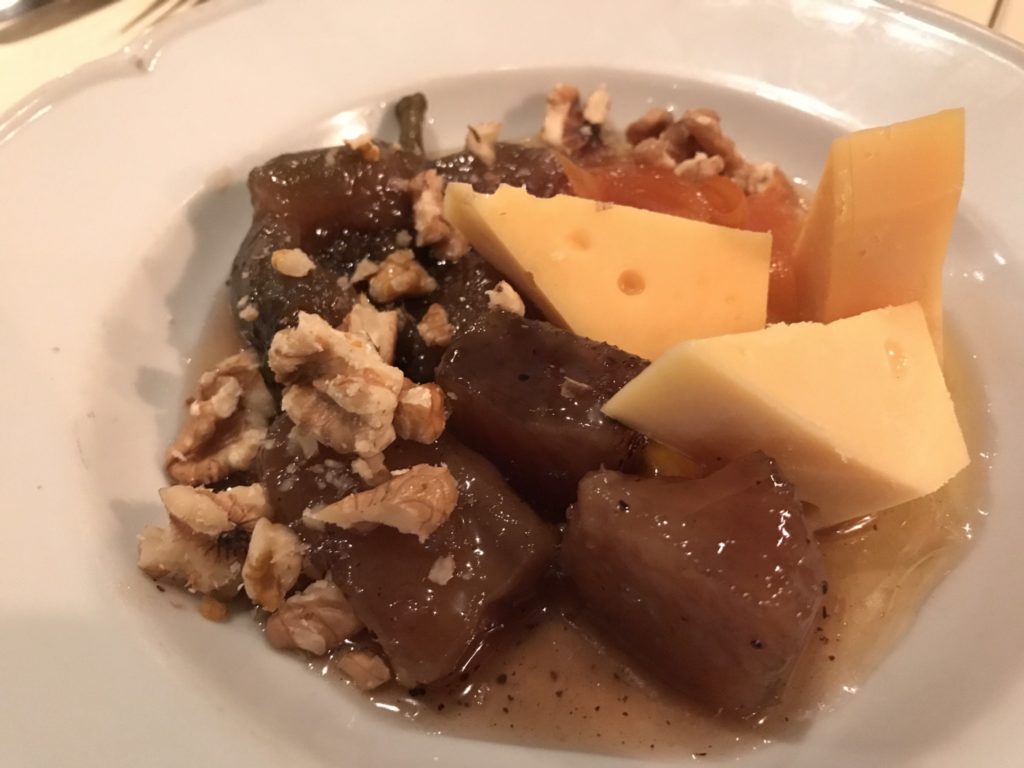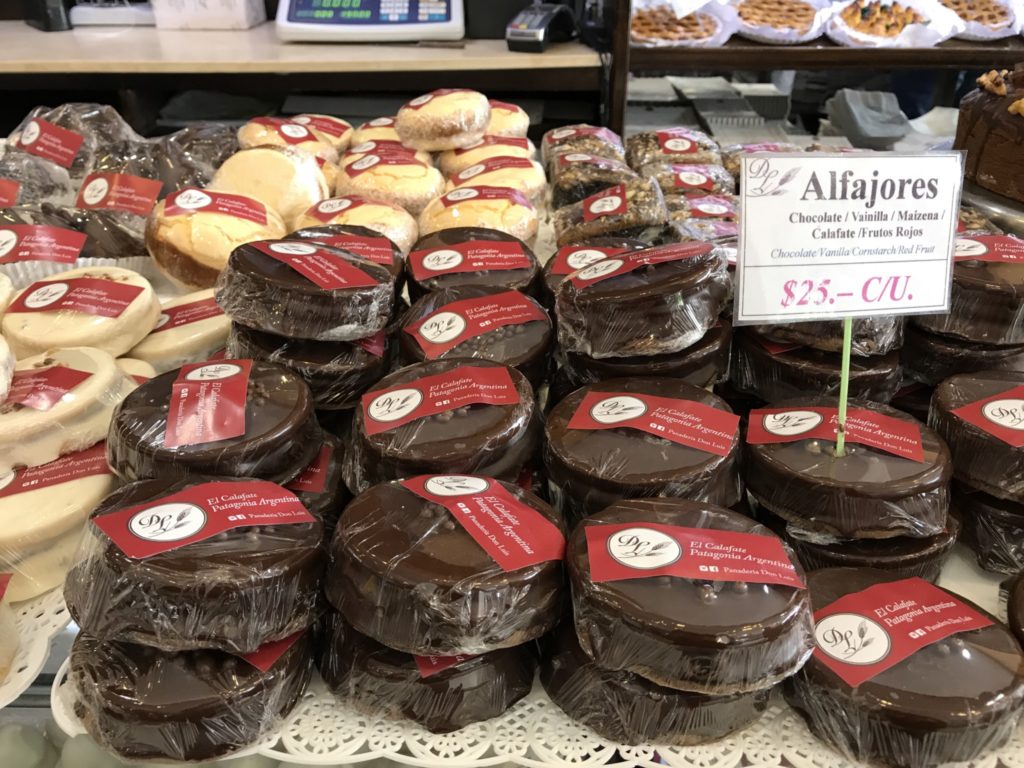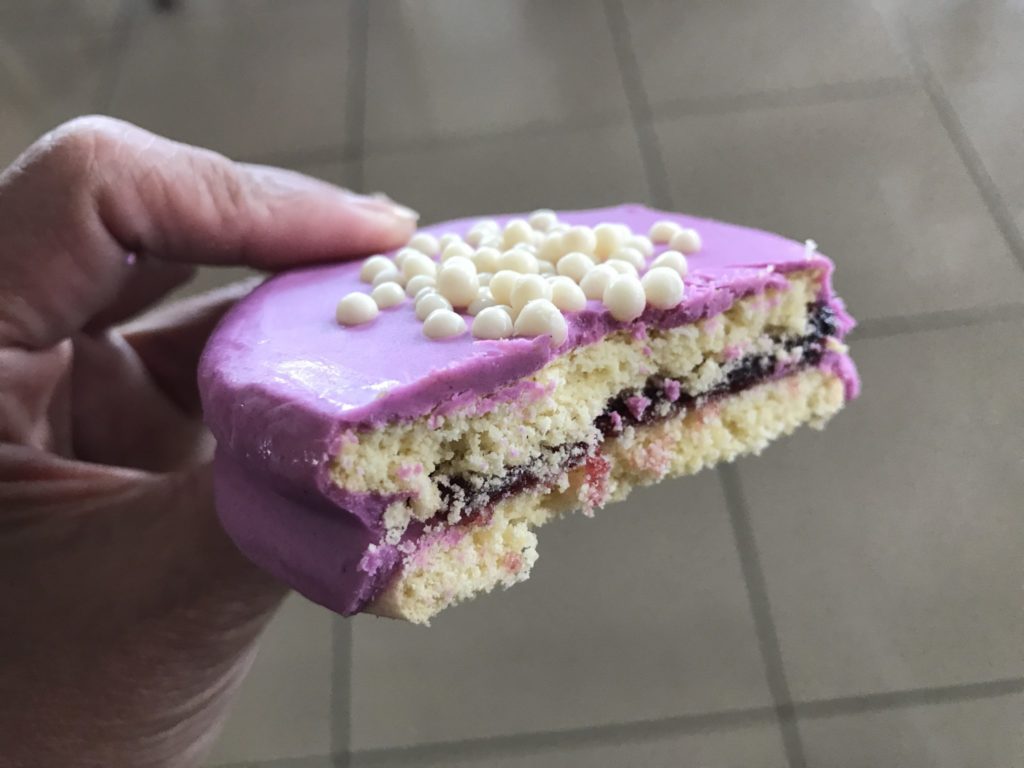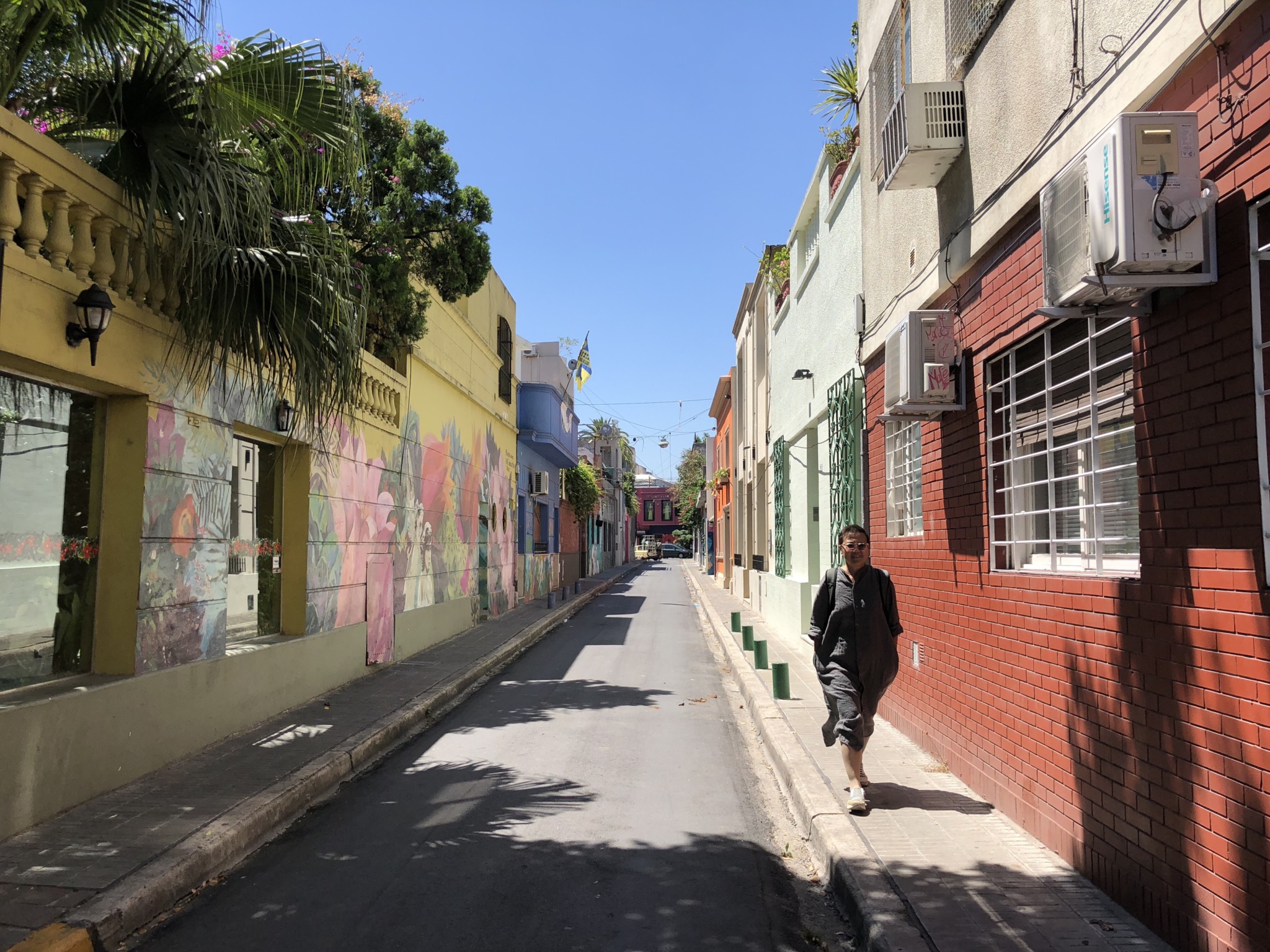The O or Full Circuit is a 7-9 day route that adds a northern section on to the park’s famous W Trek. Circling the Paine Massif (the towers) and exploring much more of the national park, this 129 km route, delivers on all of the park’s most celebrated sights. The extra distance and absence of refugios on the northern side, meaning you’ll definitely be doing some camping, make it a tougher trail, as you will be carrying your own camping equipment.
Remember, well-meaning guides will talk you into taking the easier hikes, unless you come prepared knowing specifically what you want to do. This time we insisted that we are ready for the challenge.
We knew we wanted to walk to the base of the towers(the pink route on the map), about 20km and 9 hours to complete. It is the toughest of all day hikes but is also the iconic trail in Torres del Paine National Park. With its landscape of aquamarine glacial lakes, and the skyrocketing granite torres (towers) from which the park takes its name, Torres del Paine has captured the imagination of trekkers from all around the world.
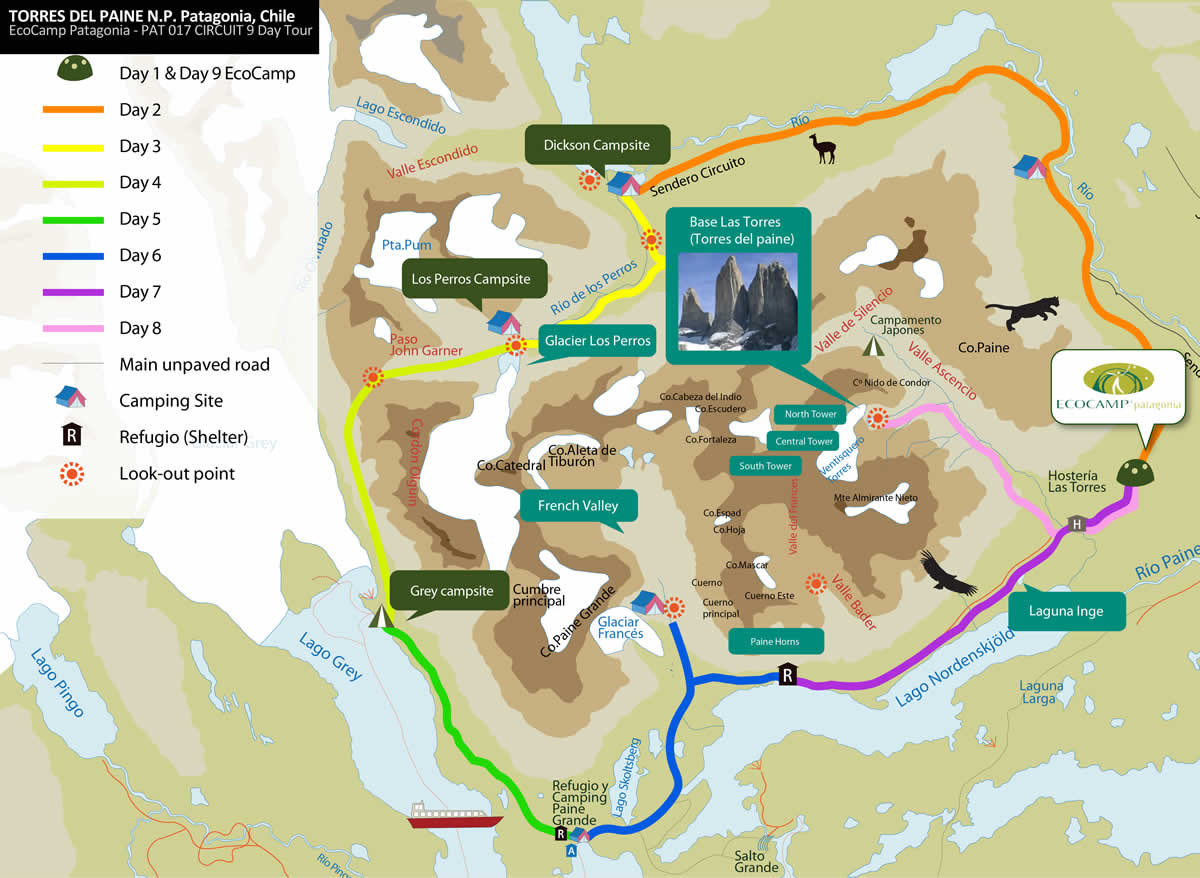
The walk started easily enough with a flat stroll across the open grassland from the Eco Camp, then we began to hike up a steep ascent next to the Ascencio River until reaching the Paso de los Vientos (Pass of the Winds).
After passing through dense forests at Refugio Chileno, we reached the most challenging point of the trail. This last section, a 1.5km moraine section of loose rock and boulders and 500m elevation, requires total focus and often using our hands as well.
Having ascended through this difficult terrain and battled against the winds we arrived at the lookout where we were face to face with the classic, breath-taking view of the Torres del Paine. What the pictures cannot show is the biting Patagonian winds of Torres del Paine, so strong that it will knock you off your feet. We all settled down to our well deserved packed lunch. Our guide Thomas whipped out from his heavy backpack tea bags and hot water for a nice cup of tea. Just what i needed after the long hike.
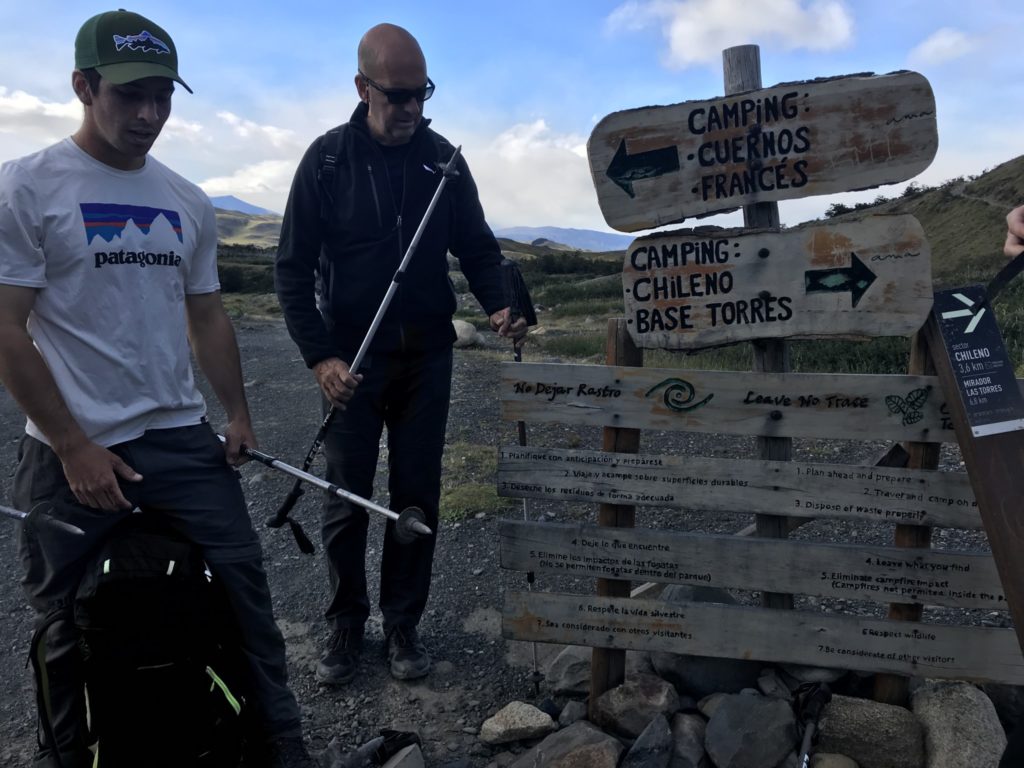 Trail head, near Hosteria Los Torres[/caption]
Trail head, near Hosteria Los Torres[/caption]
The last section, approximately 1.5km and 500m elevation, is the toughest part, a strenuous scramble over the moraine, often using our hands to climb the huge boulders.
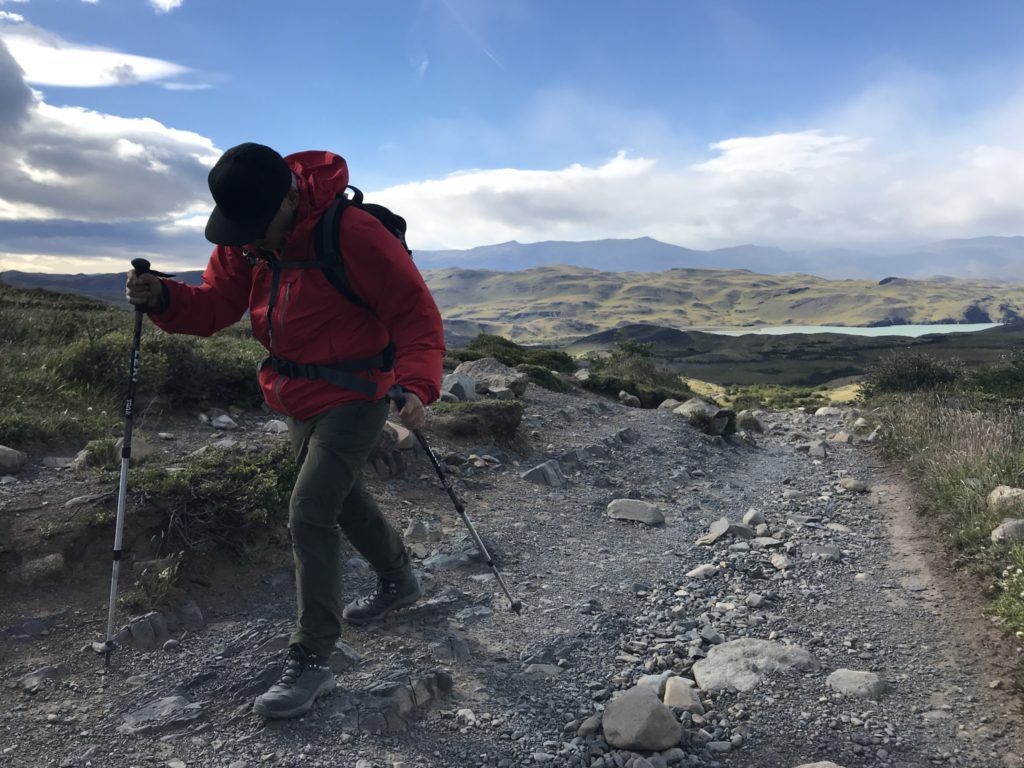 A steep climb up the valley[/caption]
A steep climb up the valley[/caption]
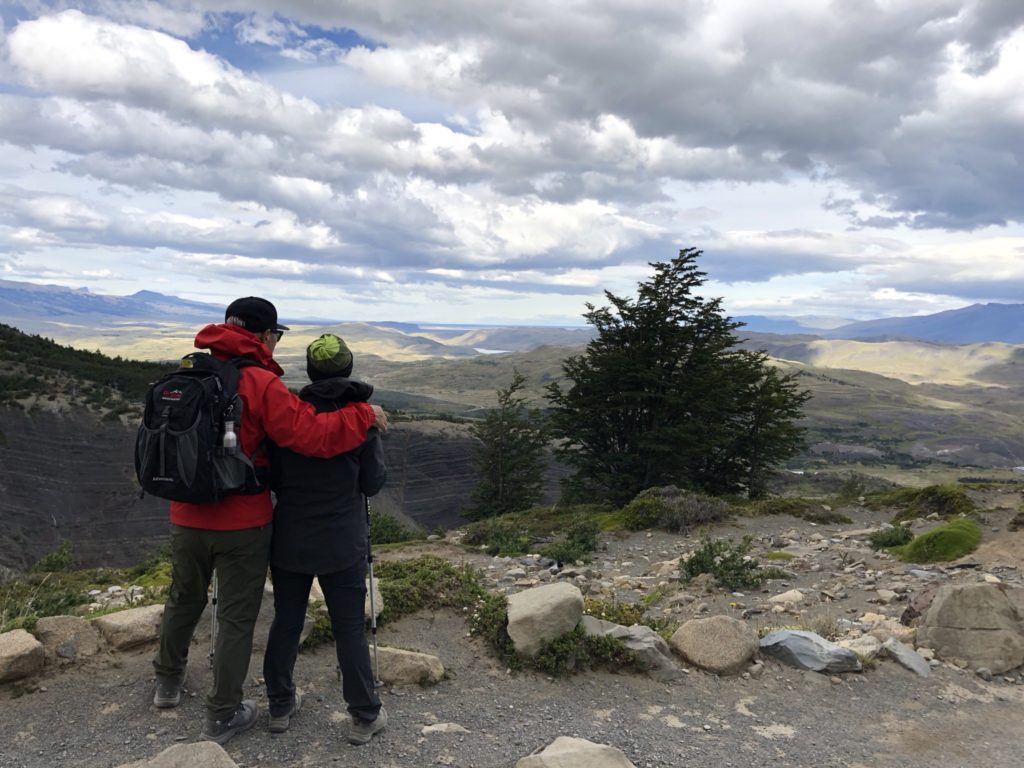
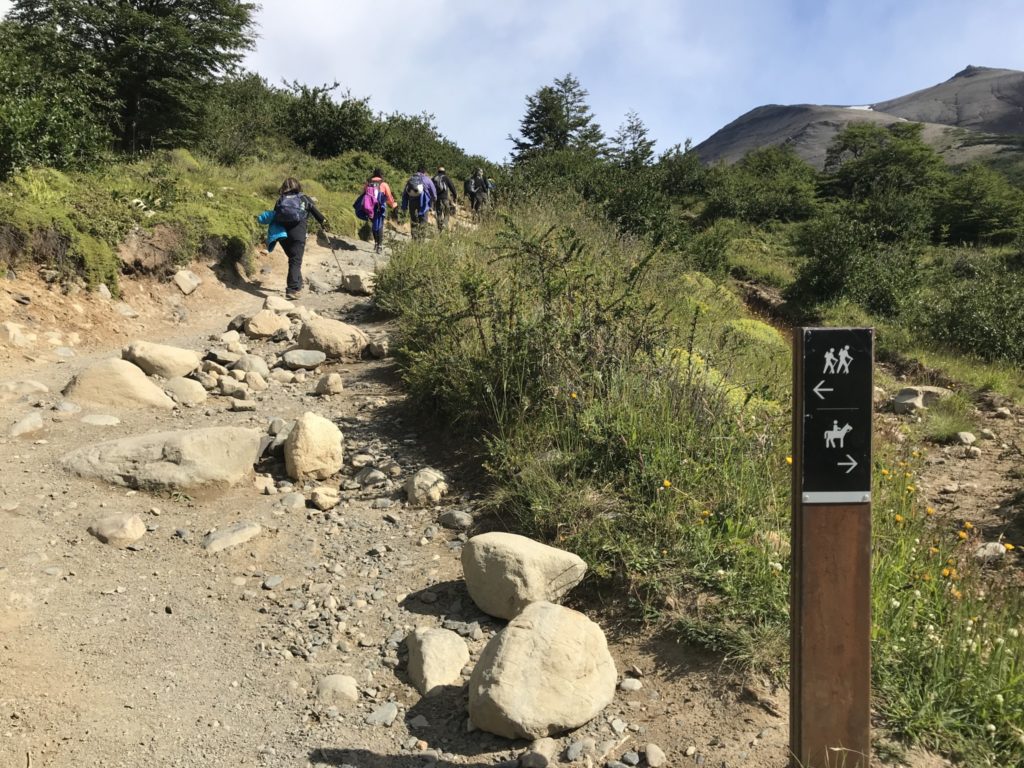
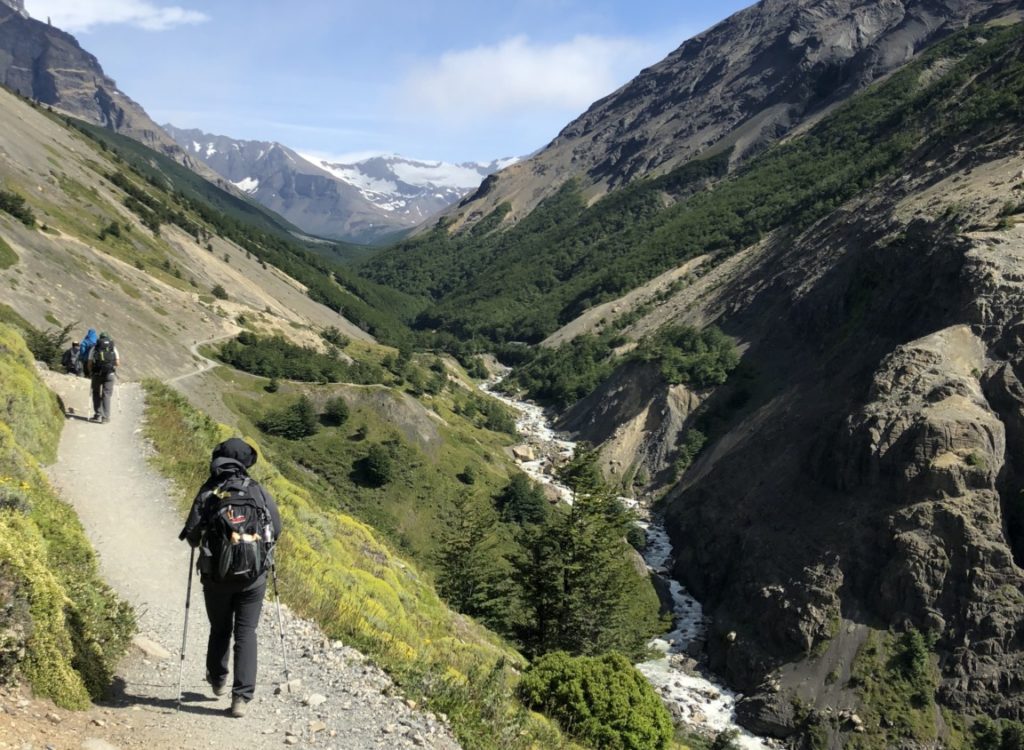
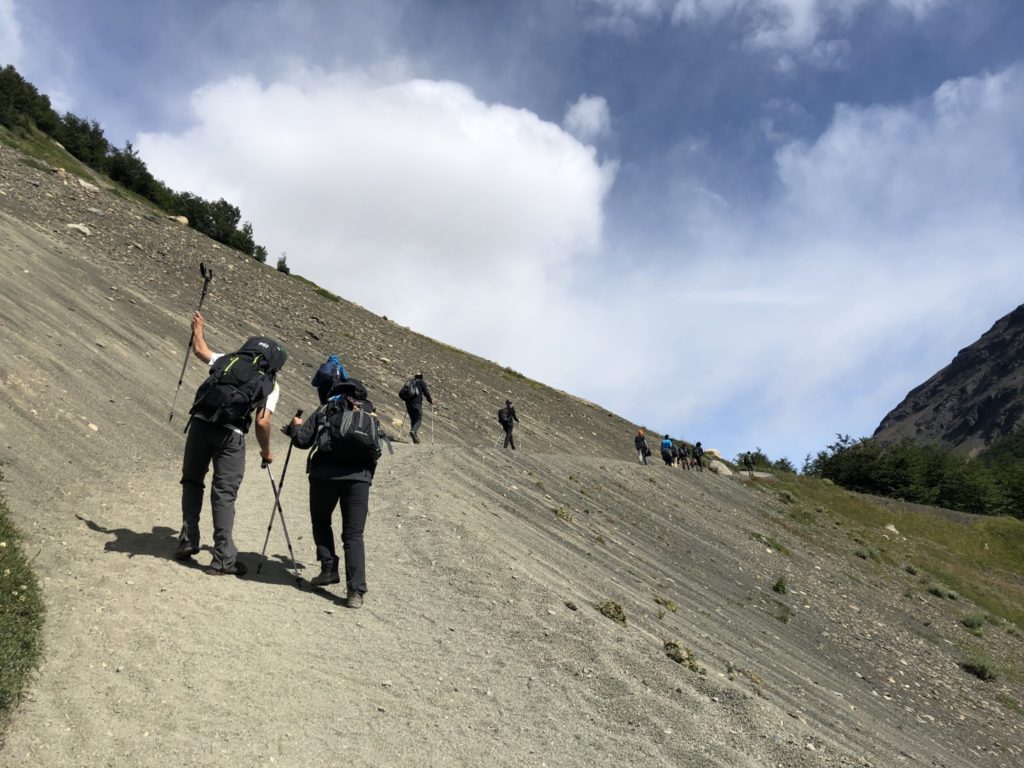
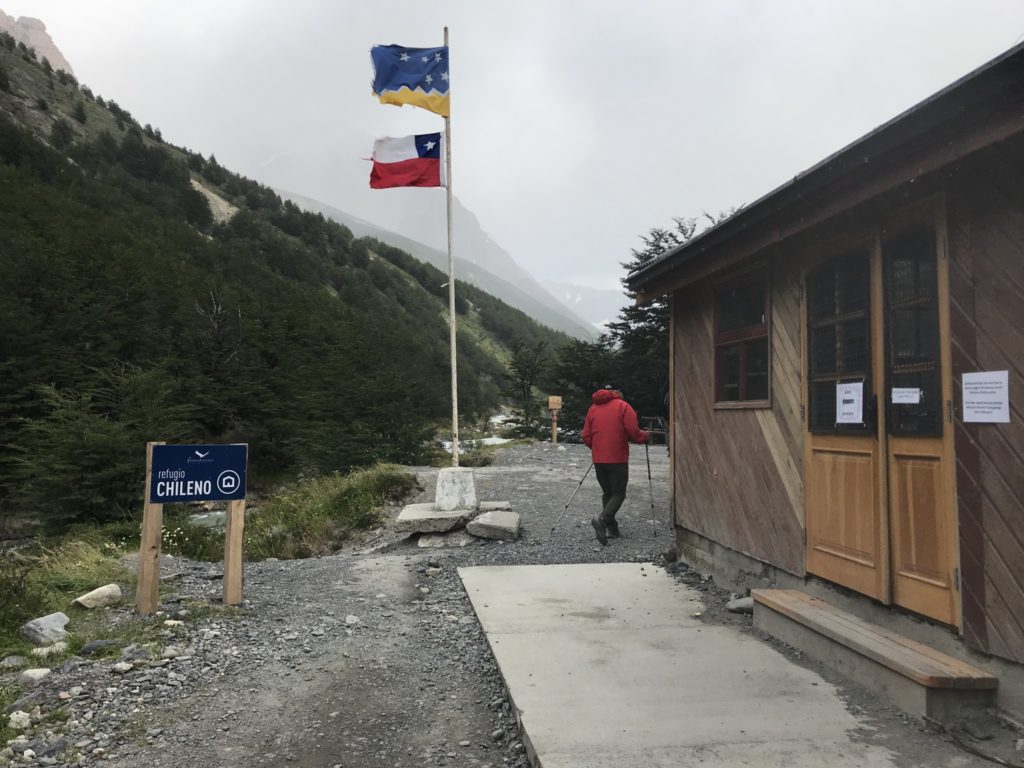
When we got to Refugio Chileno, we were told Las Torres Lookout was close due to strong winds. I flew half way around the world for this and it was so disappointing. We were so close already! As luck would have it, the trail miraculously reopened just as we were about to turn back.
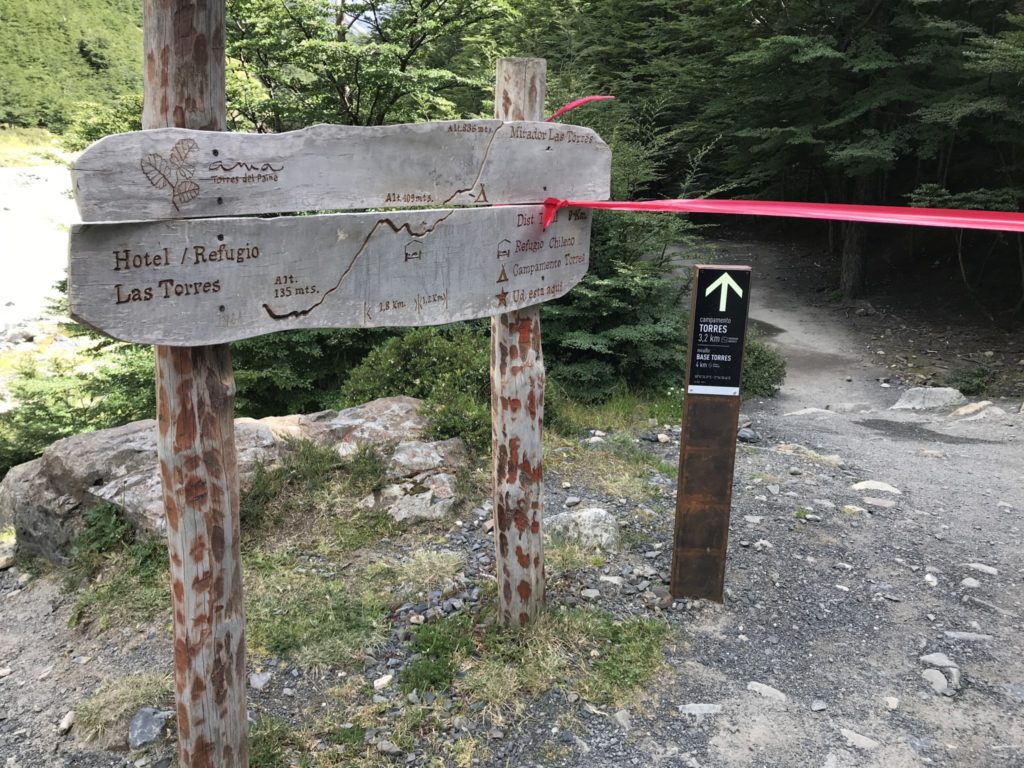
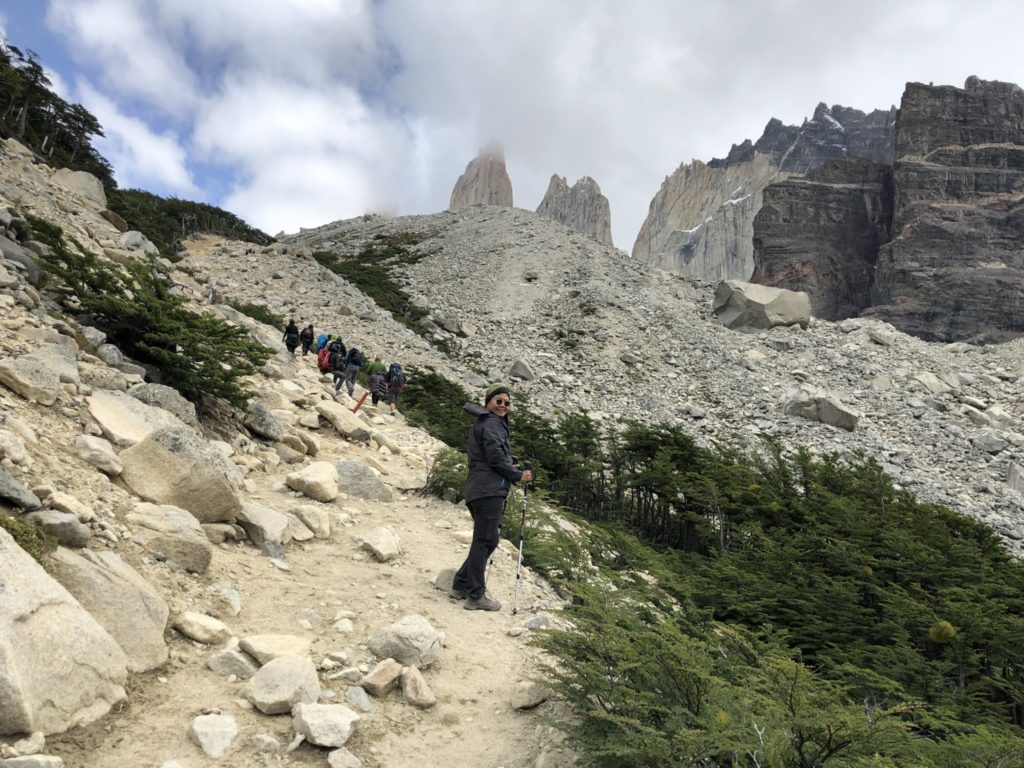
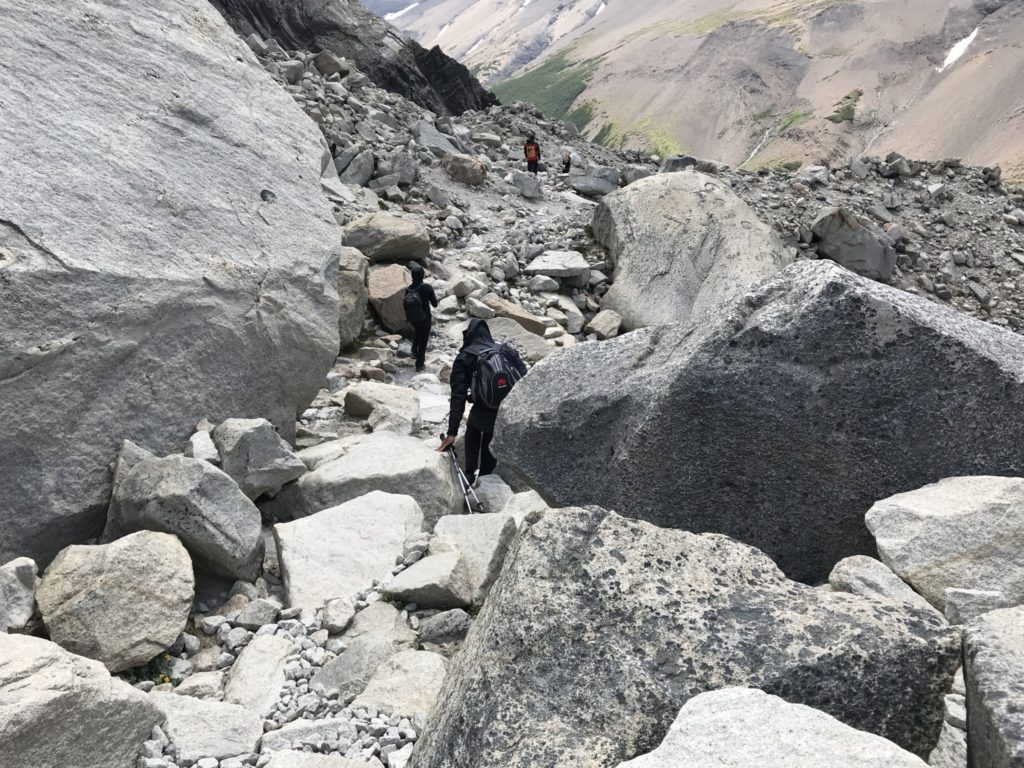
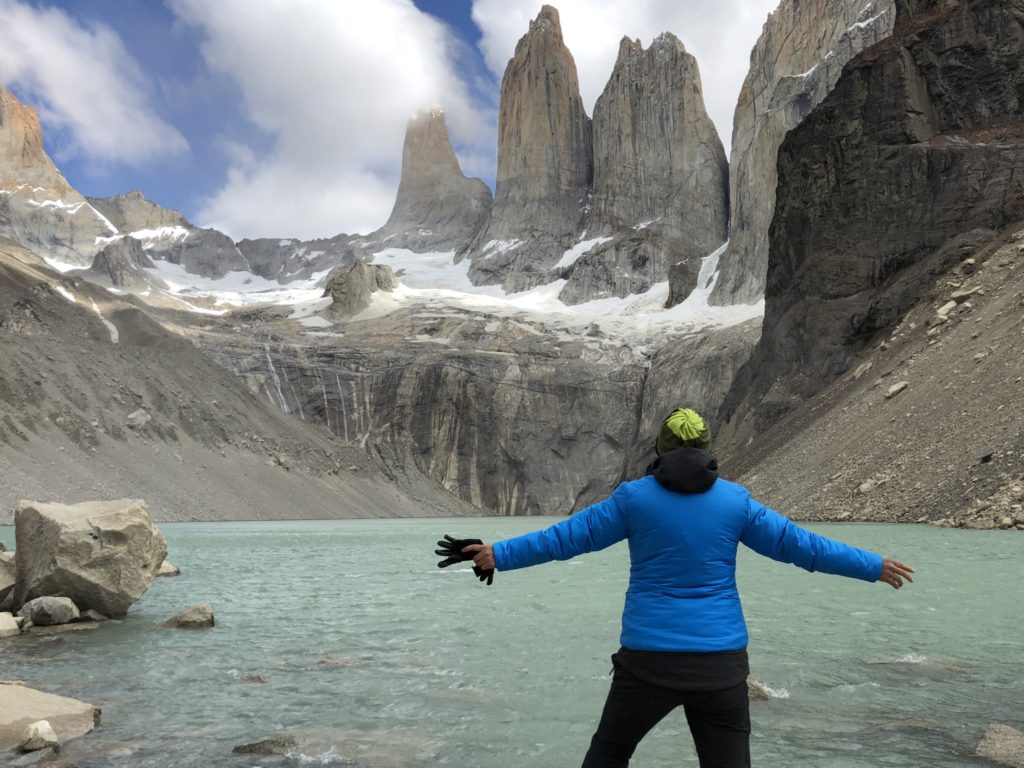
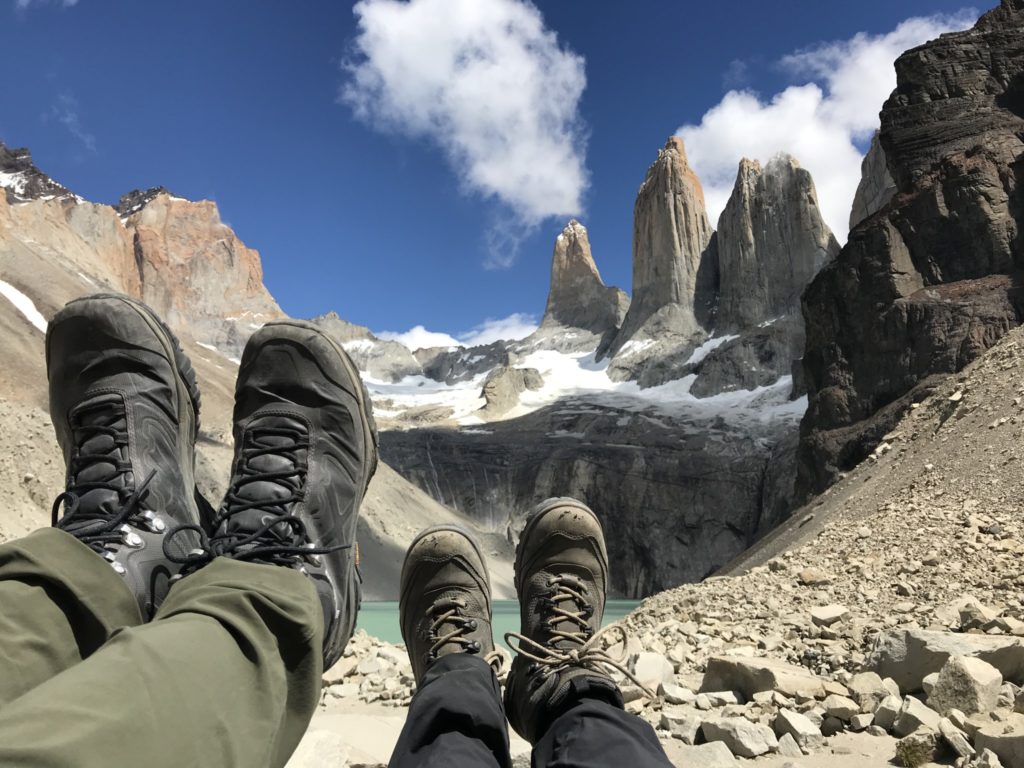
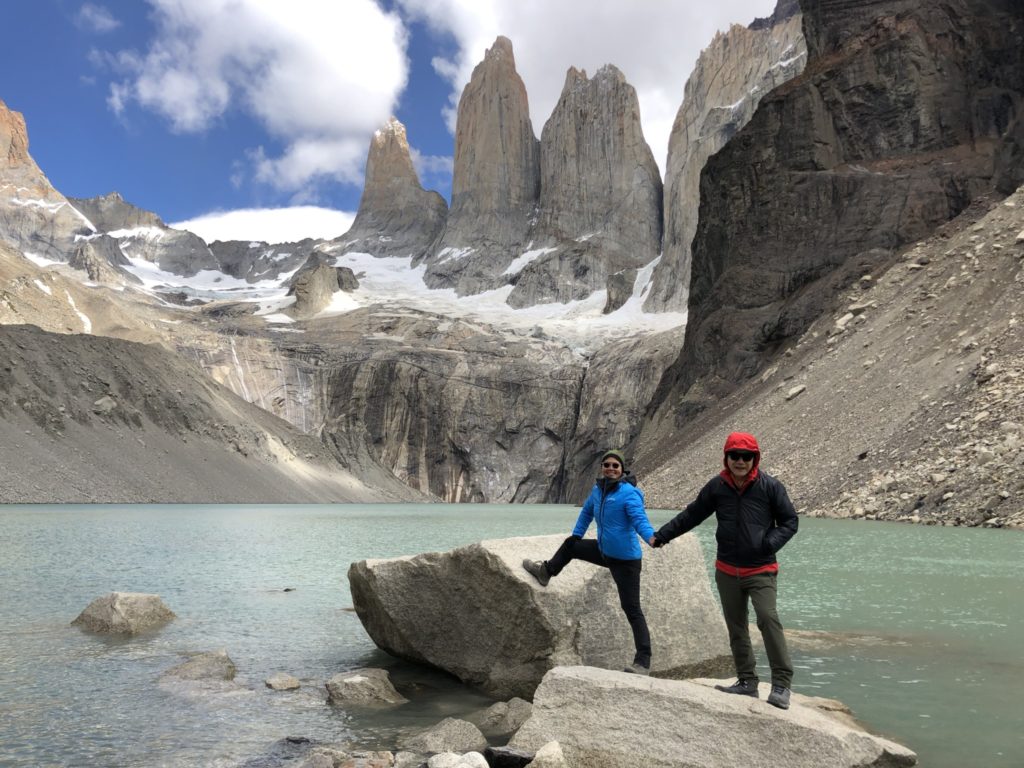
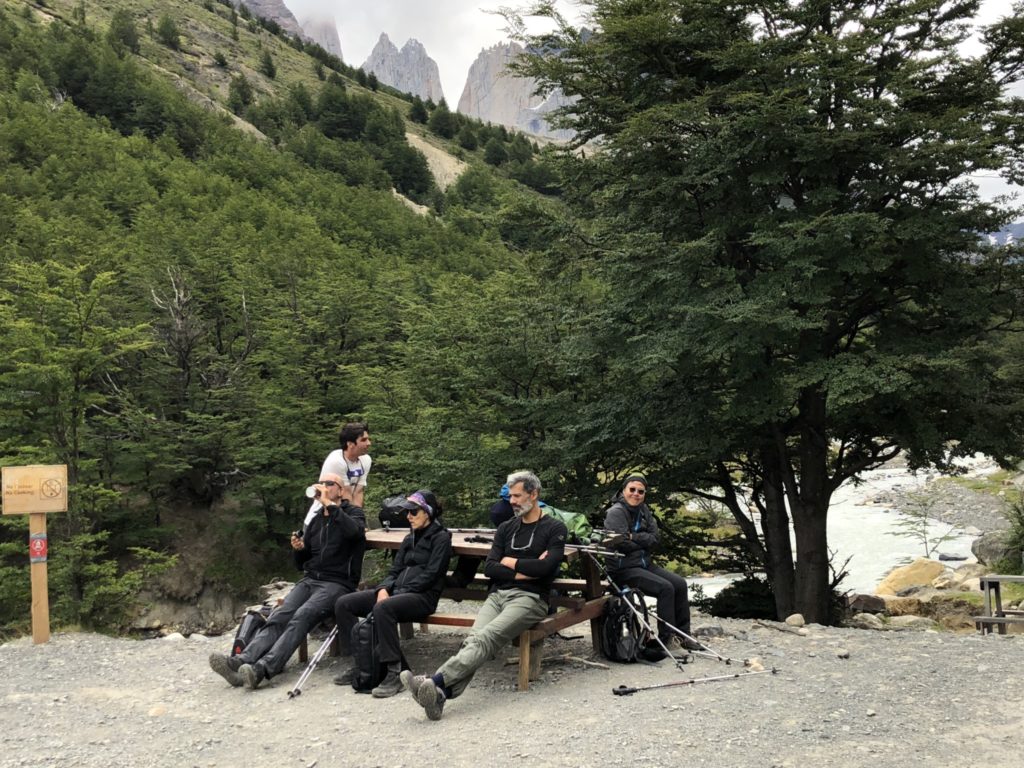
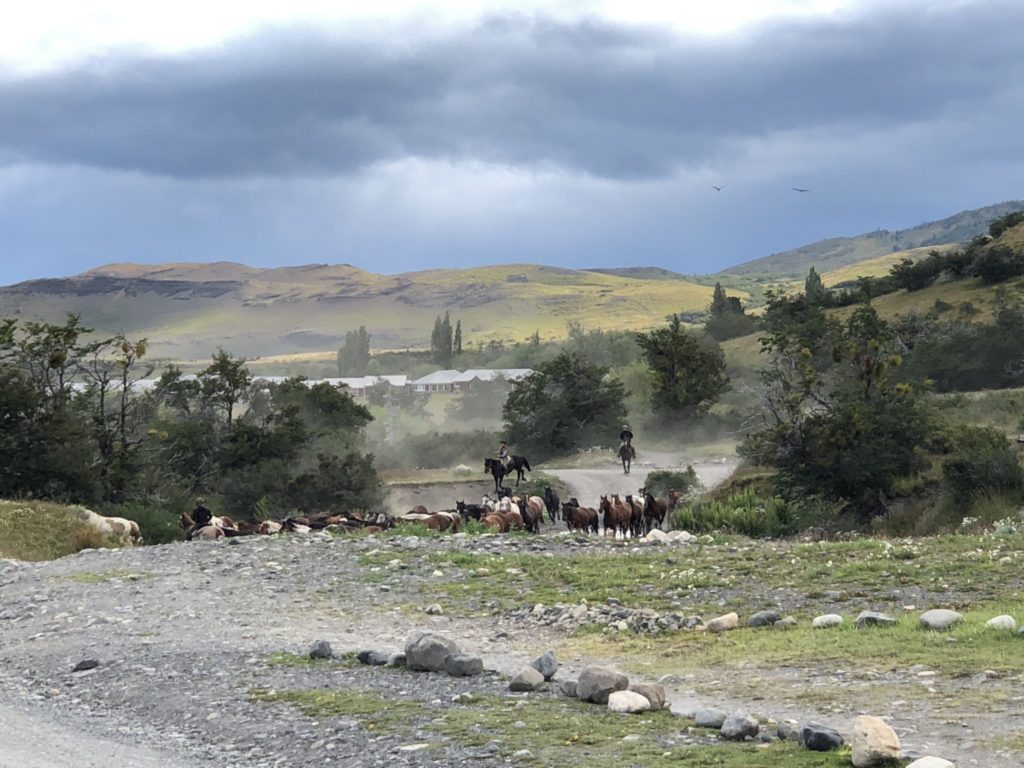
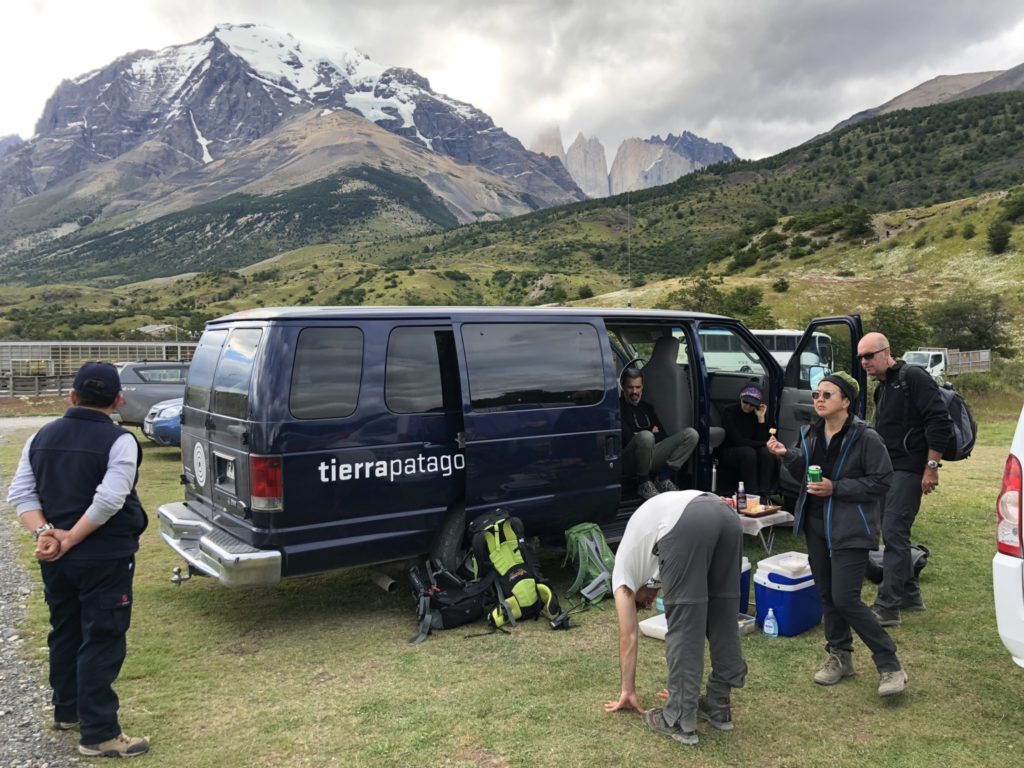
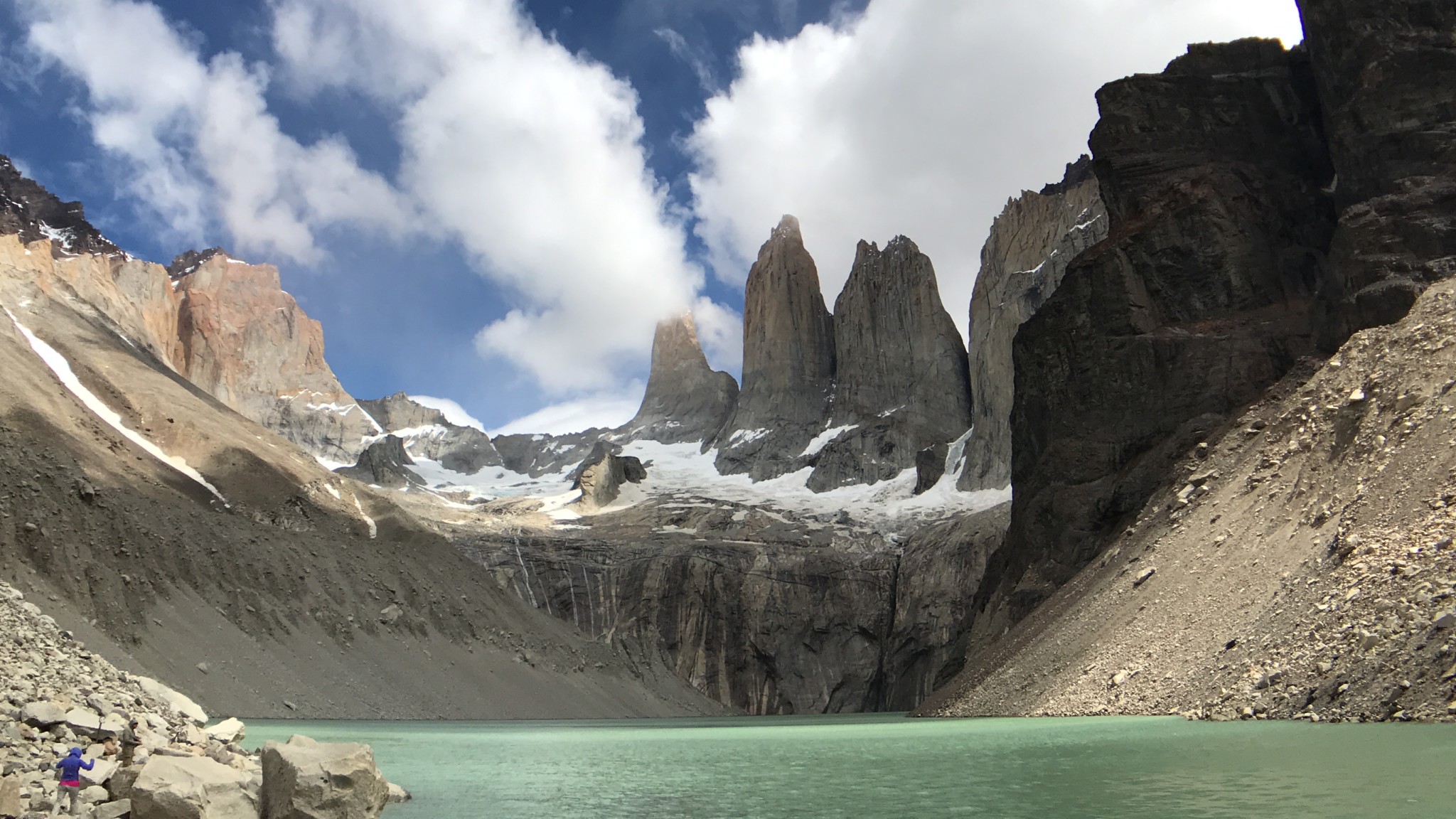
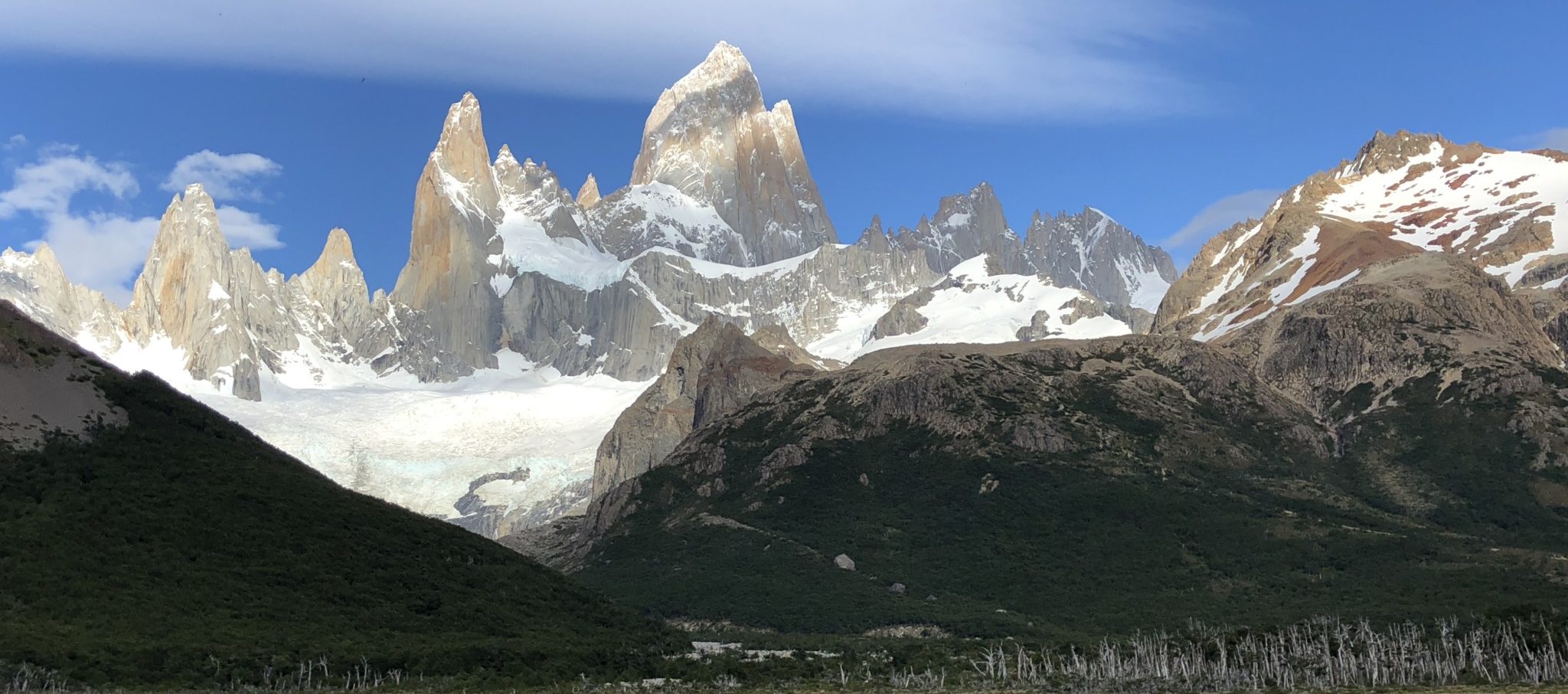
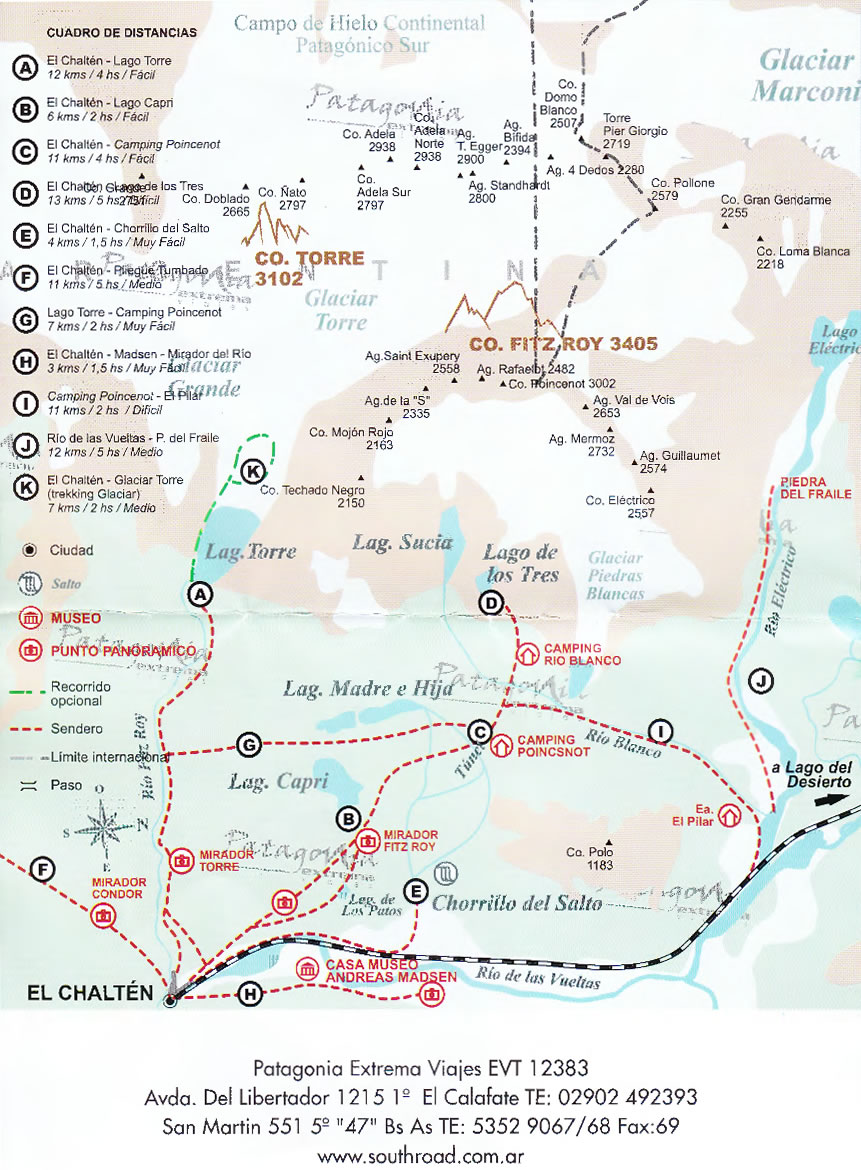 We took the second option, hired a car to take us to Hostería El Pilar, where we started walking along the Rio Blanco river. Did I mention that we hiked in the dark? Having done a night hike at Mt Yushan in Taiwan, we thought it might be good to catch sunrise on Mt Fitz Roy. We started hiking at 3am and walked in the dark for 2 hours till we got to Poincenot Lookout , then a bit further through Camp Poincenot to Lago Madre e Hijo (the mother and daughter lakes)
We took the second option, hired a car to take us to Hostería El Pilar, where we started walking along the Rio Blanco river. Did I mention that we hiked in the dark? Having done a night hike at Mt Yushan in Taiwan, we thought it might be good to catch sunrise on Mt Fitz Roy. We started hiking at 3am and walked in the dark for 2 hours till we got to Poincenot Lookout , then a bit further through Camp Poincenot to Lago Madre e Hijo (the mother and daughter lakes)





